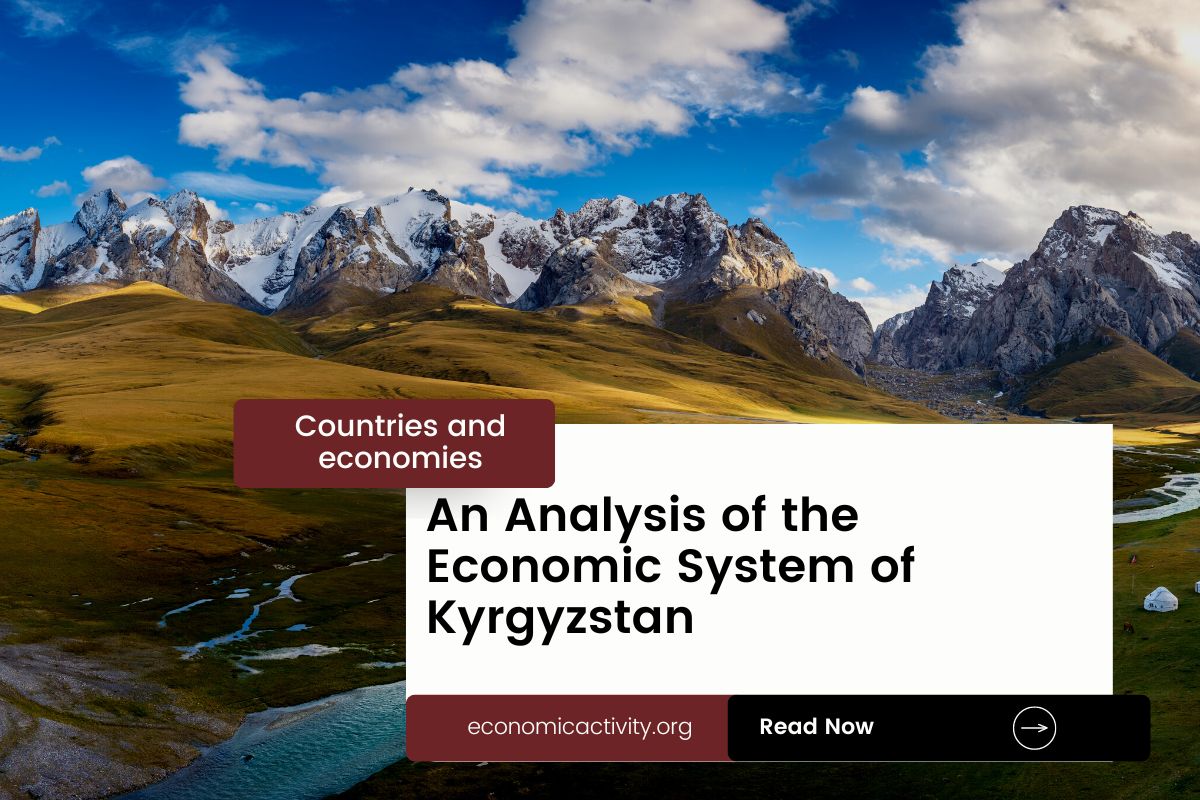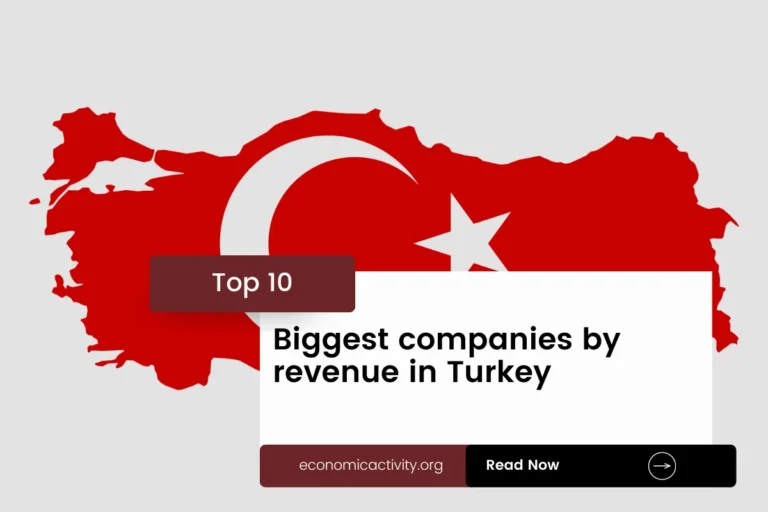What is the economic system of Kyrgyzstan? The economy of Kyrgyzstan is based on a mixed economy. The country’s economic system combines elements of a market economy and a planned economy.
Kyrgyzstan’s economy is largely based on agriculture, mining, and services. The country exports gold, textiles, and agricultural products, while also relying on remittances from migrant workers.
In Kyrgyzstan, the economy is composed of a private sector, consisting of individuals and businesses that make autonomous decisions based on self-interest, and a public sector, where the state determines the production and distribution of certain goods and services. No country is purely capitalist or purely communist.
What do the freedom indexes tell about the economic system of Kyrgyzstan?
Now, to determine if a country is mostly a market economy or a planned economy, it is useful to examine some economic indexes. For instance, according to the 2022 Index of Economic Freedom, which measures the ability of every human to control his own labor and property, Kyrgyzstan is ranked 116th globally and 24th in Asia-Pacific indicating that the country has a mostly unfree economy.
In a similar way, the 2022 Freedom House index evaluates the state of political rights and civil liberties globally. Generally, market economies tend to align more with democracy and freedom, while command economies tend to be characterized by greater state control and fewer democratic and civil liberty protections. Kyrgyzstan gets a score of 27/100, which qualifies it as Not Free.
Kyrgyzstan is a country where the government controls what people do for political reasons, and people have limited freedom to choose (what, how much, and how to produce, whether to buy or not, selling price, etc.)
The Link Between Public Sector Employment and the Economic System of Kyrgyzstan
An indicator of the extent to which the State is involved in the economy is the number of public sector employees. In Kyrgyzstan, according to ILOSTAT, the number of public sector employees as a percentage of the total workforce is 17.0% (2021).
In the country’s mixed economy, the number of public sector employees as a percentage of the total workforce varies based on the specific policies and practices adopted by the State. Some economic activities are left to the private sector while others are under government control. The bigger the public sector the closer is the economy to being a command economy.
What do the biggest companies in Kyrgyzstan say about the country’s economic system?
The biggest company in Kyrgyzstan should also be looked at, as well as whether it is a state-owned or private company. In this case, is a leading gold producer in Central Asia. It operates an open-pit gold mine in the Kyrgyz Republic.
Kyrgyzstan’s private sector industries include agriculture, mining, and textiles. While public industries include healthcare, education, and transportation.
The historical factors that have influenced the economic system of Kyrgyzstan
Kyrgyzstan’s mixed economy system is the result of a combination of market-based reforms, foreign investment, and government intervention. The reforms of the 1990s, which included the privatization of state-owned enterprises, liberalization of prices, and the introduction of a new currency, have been key drivers of economic growth.
Foreign investment has also been a major factor, with the country receiving significant amounts of aid from the World Bank and other international organizations. Finally, the government has played an important role in providing subsidies and other forms of support to businesses.



Leave a Reply